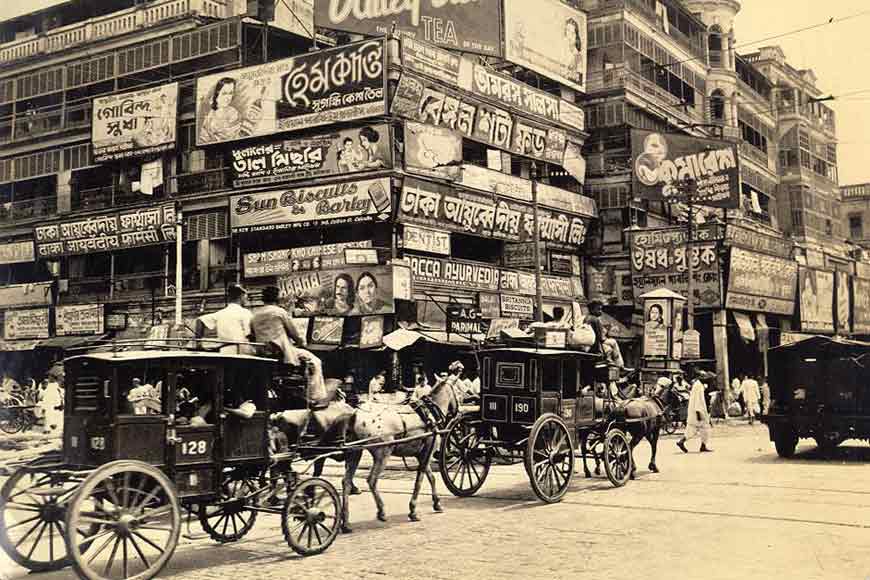From Gas Lights to Electricity – How Kolkata, the first British Indian city was illuminated!

Often in our childhood, we heard of Ishwar Chandra Vidyasagar learning his lessons below the gaslights on the streets of Kolkata. So did many in British Calcutta as those gas lights were the only source of light at night. It was in 1879 when P.W. Fleury And Company gave the first demonstration of electric lights in Kolkata. And by 1885, a Bengali company named Dey, Sil & Co, with its office at 36 Wellington Street, provided brilliant illumination for marriage processions in Chitpur. In 1886 another landmark lighting happened at the second National Congress meet where Rabindranath Tagore sang some of his own compositions to mark this event. At Queen Victoria’s jubilee the next year, the Darbhanga Maharaja’s house on Middleton Street was one of the few buildings in Calcutta to be lit up.
Long before power came to the people, gas lamps used to glow after sunset in many thoroughfares. The Government of Bengal passed the Calcutta Electric Lighting Act in 1895, and the first license for 21 years covered an area of 5.64 sq miles, which has now grown to 567 sq km. On January 7, 1897, Kilburn & Co secured the Calcutta electric lighting license as agents of the Indian Electric Co, which was registered in London on January 15, 1897. A month later, the company was renamed the Calcutta Electric Supply Corporation. The control of the company was transferred from London to Calcutta only in 1970. The first generating station was at Emambaugh Lane near Princep Street, which was commissioned on April 17, 1899.
By 1901 there were only 708 domestic subscribers, perhaps because of the steep tariff — eight annas per unit, shaved to 2 ½ annas by 1937. But before that, a European from the Telegraph Department named Carl Louis Schwendler (1838-1882), lit up a godown in Howrah station with dynamo electric machines and ran an electric train for joyrides in the zoo. He praised the ingenuity of ‘native’ electricians who had assisted him in the railways project.
The first street to be lit was Harrison Road and Jagadish Chandra Bose was the municipal consultant of Kilburn & Co. The Bank of Bengal, which later became the State Bank of India, and the Bengal Club were being supplied power on a trial basis by the late 19th century. Quite interestingly, the British company, however, avoided supplying power to slums as it was not profitable!











